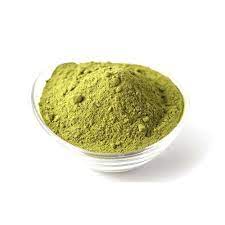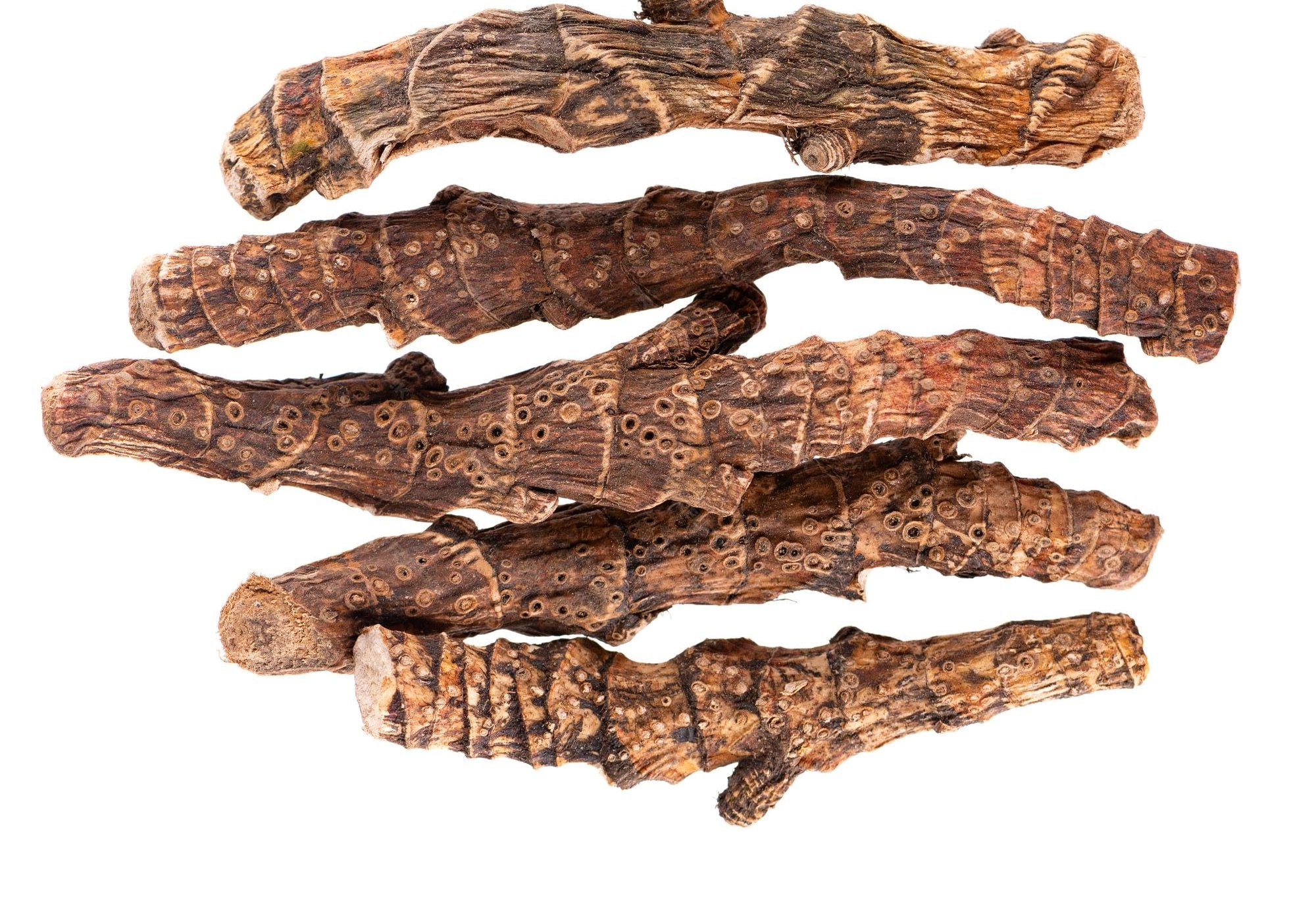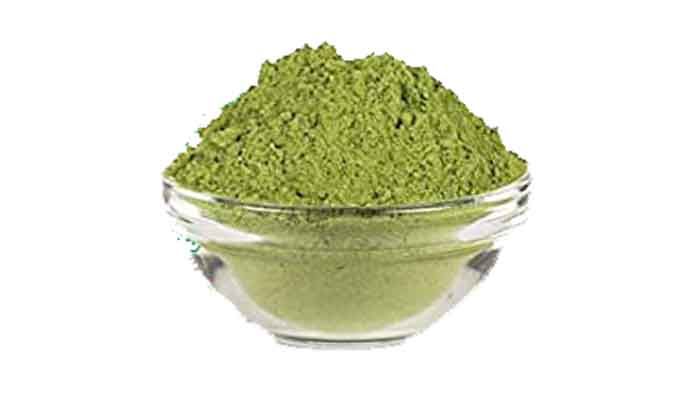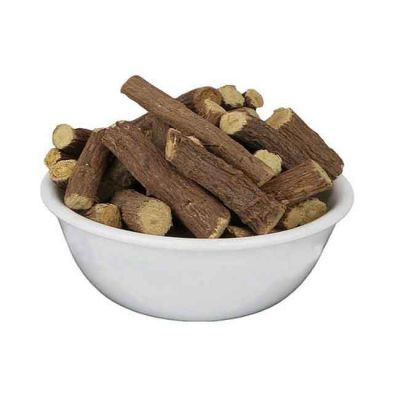History and Traditional Uses of Kariyat Powder

Kariyat powder, derived from the Andrographis paniculata plant (commonly known as Kalmegh or the "King of Bitters"), has a rich history rooted in traditional medicine systems like Ayurveda, Traditional Chinese Medicine (TCM), and Siddha. This bitter herb has been revered for centuries for its potent healing properties.
Historical Background
-
Ayurvedic Origins:
In Ayurveda, Kariyat is described as “Bhumi Neem” (meaning small neem) due to its similar bitterness and healing properties to neem. It has been used for its cleansing and detoxifying benefits, particularly in treating fevers, liver ailments, and skin disorders. -
Traditional Chinese Medicine (TCM):
Known as Chuan Xin Lian in TCM, Andrographis is classified as a cooling herb, often used to treat heat-related conditions such as fevers, sore throats, and respiratory infections. -
Global Recognition:
In Southeast Asia, Kariyat has been a go-to remedy for common infections and inflammation. During the 1918 flu pandemic, it was reportedly used in India as an effective treatment to reduce flu symptoms, enhancing its global medicinal reputation.
Traditional Uses
-
Fever and Malaria Treatment
- Kariyat was traditionally used to treat fevers, including malaria. Its antipyretic properties help lower body temperature and manage inflammation.
- In some folk traditions, it was combined with other herbs to create potent fever-reducing concoctions.
-
Liver Health and Detoxification
- Known as a hepatoprotective herb, it has been used to cleanse and protect the liver from toxins. In Ayurveda, it is prescribed for conditions like jaundice and liver cirrhosis.
-
Digestive Health
- Its bitter taste stimulates digestive enzymes, making it a popular remedy for indigestion, gastric discomfort, and loss of appetite. Traditional healers often recommend it after heavy meals or during detox regimens.
-
Immune System Booster
- Kariyat was believed to enhance the body’s natural defense system, helping prevent illnesses. It was commonly used during seasonal changes to ward off infections like the common cold and flu.
-
Skin Disorders
- The powder was applied topically to treat acne, boils, and wounds due to its antimicrobial and anti-inflammatory properties. It was also ingested to purify the blood and promote healthy skin.
-
Respiratory Ailments
- It has been used as a remedy for respiratory issues such as bronchitis, coughs, and asthma, often in combination with honey or ginger to ease symptoms.
-
Snake and Insect Bites
- In traditional practices, Kariyat was applied externally to neutralize the effects of venom and reduce inflammation caused by snake or insect bites.
Ritualistic and Cultural Significance
In some regions, Andrographis was considered a sacred herb, symbolizing purity and resilience. It was used in rituals to cleanse homes and as part of offerings for health and longevity.
Modern Relevance
Today, Kariyat continues to be a cornerstone of herbal medicine. Its traditional uses have been validated by modern science, with studies confirming its antimicrobial, anti-inflammatory, and immune-boosting properties. As a result, it remains a popular herbal supplement for holistic health and wellness.
Click here
https://hbkonline.in/kariyat-powder-siriyanangai-podi-nelavemu-nelabevu-kirayat-kalmegha-nelavepu











